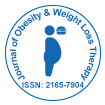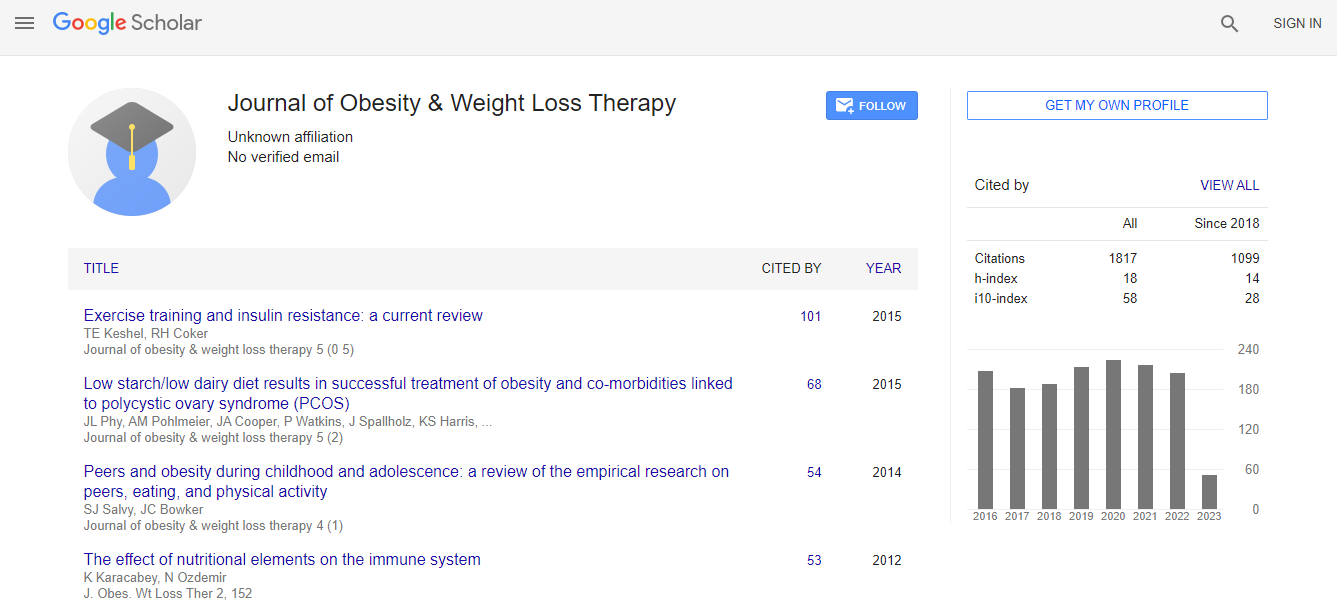Our Group organises 3000+ Global Events every year across USA, Europe & Asia with support from 1000 more scientific Societies and Publishes 700+ ������ Journals which contains over 50000 eminent personalities, reputed scientists as editorial board members.
������ Journals gaining more Readers and Citations
700 Journals and 15,000,000 Readers Each Journal is getting 25,000+ Readers
Citations : 2305
Indexed In
- Index Copernicus
- Google Scholar
- Open J Gate
- Genamics JournalSeek
- Centre for Agriculture and Biosciences International (CABI)
- RefSeek
- Hamdard University
- EBSCO A-Z
- OCLC- WorldCat
- SWB online catalog
- CABI full text
- Cab direct
- Publons
- Geneva Foundation for Medical Education and Research
- Euro Pub
- University of Bristol
- Pubmed
- ICMJE
Useful Links
Recommended Journals
Related Subjects
Share This Page
Evaluation of nutritional status using anthropometric measurements in Turkish preschool children
JOINT EVENT 10th International Conference on Childhood Obesity and Nutrition & 2nd International Conference on Metabolic and Bariatric Surgery
Basak Koca Ozer, Aysegul Ozdemir, Sibel Onal and Cansev Mese
Ankara University, Turkey
Posters & Accepted Abstracts: J Obes Weight Loss Ther
DOI:
Abstract
Anthropometric methods are frequently used in clinical and field surveys for determining nutritional status in children due to its practical usage. Upper arm anthropometry study is an important metric analysis of body composition and determination of nutritional status through the assessment of subcutaneous fat mass and muscle mass and evaluation of body fat and protein reserves. Present study was conducted on 896 (447 boys and 449 girls) preschool children between 3-6 years of age from Ankara belonging to different socio-economic backgrounds, to determine the nutritional status using anthropometric measurements. According to the International Biological Program, height, weight, upper arm circumference and triceps skin fold thickness measurements were taken. Body mass index (BMI) evaluated using z scores according to the World Health Organization (WHO) cut-off criteria, and the upper arm muscle area (AMA) and the upper arm fat area (AFA) were calculated. Results showed that height and weight were statistically different between sexes for earlier ages 3 and 4 years, and the difference between sexes were prominent at age 3 for AMA and at age 5 for AFA (p <0.001). Boys had higher values than girls in terms of muscle percentage, while girls were found to be more pronounced with the higher ratio of fat. However, tendency of being overweight and obesity was more prominent for boys, where stunted boys were also evident at ages 4 and 5. According to the present data, higher degree of sexual dimorphism can lead us to different practicing of child care in Turkish population and boys being more eco-sensitive.Biography
Ba�?�?ak Koca Özer completed her DSc degree from Kyoto University. She is a Physical Anthropology Professor at Ankara University, Faculty of Languages, History and Geography. She has been researching in areas related to anthropometry, secular changes, auxology, nutrition, health and well-being.
Email: bkozer@ankara.edu.tr

